One of the more important distinctions to make when evaluating bonsai is whether or not a tree is ready to be worked on.
Weak trees need to regain strength and sick trees need to regain health before any major work is done. This goes for detail wiring, heavy bending or major cutback. Repotting is an exception as it may be necessary to repot a tree to help it regain its health.
If you’re looking to do major work, making sure that the tree is growing vigorously will help it recover from the stresses of wiring or foliage reduction.
How healthy a tree needs to be before you can work on it will depend on the stage of development.
Unrefined trees tend to have more vigor than refined bonsai, and young trees tend to have more vigor than old trees.
Do note, however, that there is a difference between healthy bonsai and vigorous bonsai.
Healthy bonsai is characterized by good color in the foliage with no signs of damage due to stresses like poor water, disease or infestation.
Vigorous growth is characterized by long internodes, large leaves and buds, and substantial root growth.
These characteristics can vary from one variety to another. To help convey some of the basic distinctions, here are some examples of healthy – and vigorous – bonsai.
Shimpaku
Healthy shimpaku junipers are easy to spot. The needles are green and round. The foliage is dense. There are few, if any, brown needles.
Healthy shimpaku foliage
As shimpaku begin to gain vigor, slender shoots emerge beyond the more densely growing foliage.
A healthy juniper next to a juniper beginning to show signs of vigor
First signs of vigor – the growth tips are beginning to elongate
When compared side by side, it’s easy to spot the vigorous specimen.
Healthy shimpaku, shimpaku starting to develop vigor, vigorous shimpaku
As wiring and cutback are stressful for all varieties, the more vigorous the tree is when you begin the work, the more quickly the tree will recover.
Procumbens juniper
Procumbens junipers, like shimpaku, grow densely and elongate as they gain vigor. Vigorous trees will recover from styling faster than less vigorous specimens.
Healthy procumbens juniper foliage
A healthy shoot next to a shoot that is starting to gain vigor
Healthy shoots next to a vigorously growing shoot
Japanese maple
Deciduous varieties display vigor in and out of leaf. During winter, it’s easy to assess vigor by checking bud size and density. Larger buds and larger internodes mean greater vigor.
Japanese maple – a weak shoot and a vigorous shoot
The two shoots above are both from the same tree. While a bonsai can be vigorous in general, it’s not likely that all branches are equally vigorous. In general, branches in apically dominant varieties will be stronger near the apex and weaker closer to the surface of the soil. Exterior growth is generally stronger than interior growth as shoots near the tree’s exterior get the bulk of the light.
For young deciduous trees entering the refinement stage, the goal is to reduce vigor in hopes of producing branches with shorter internodes.
Young Japanese maple – the long shoots show that the tree is healthy and vigorous
For more refined maples, the goal is to produce a greater density of smaller shoots.
Old Japanese maple – short internodes and small buds are desired at this stage to generate fine ramification
Chinese quince
The best way to spot vigor in deciduous trees that are in leaf is by shoot size and leaf size. Long shoots with large leaves reveal vigor.
Healthy foliage on Chinese quince
A healthy specimen next to a more vigorous specimen
Black pine
Pines have a variety of ways of conveying their vigor. Shoot size, needle size and the number and size of buds can quickly tell us how vigorous a red, black or white pine is.
Here’s a healthy, four year-old pine.
Healthy black pine
And here it is next to a more vigorous specimen of the same age. Both needle and shoot length are much longer on the more vigorous tree.
A healthy pine next to a more vigorous specimen
Buds are another indicator of vigor.
Healthy, but weak, pine bud
Healthy, but small, pine bud
In more vigorous areas, bud size increases as do the number of buds.
Vigorous buds on a vigorous shoot
Very vigorous buds from another four year-old specimen
Root vigor
A final measure of vigor is most apparent when we repot. Healthy root tips are typically thicker in diameter and lighter in color. They can grow densely, especially near the bottom of the pot.
On the dwarf Sawara cypress below, the roots are healthy but not particularly vigorous. Root density is greater near the bottom of the rootball.
Roots on a dwarf Sawara cypress
The presence of lighter-colored growth reveals recent root activity.
New roots on a Japanese flowering apricot
On the most vigorous bonsai, the rootball can be covered with light-colored roots.
Vigorous root growth on a trident maple
Over time you’ll become familiar with the signs of vigor for the trees in your collection. If you have questions about whether or not your tree is healthy or vigorous enough to be worked on, check with a bonsai professional or your local club for pointers.
Up next: how to use basic bonsai tools
Subscribe to Bonsai Tonight
New Posts Delivered Every Tuesday and Friday

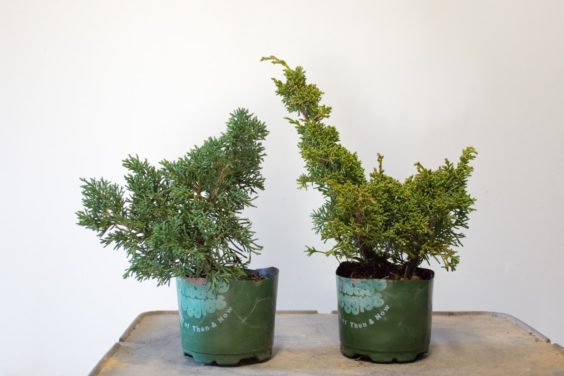
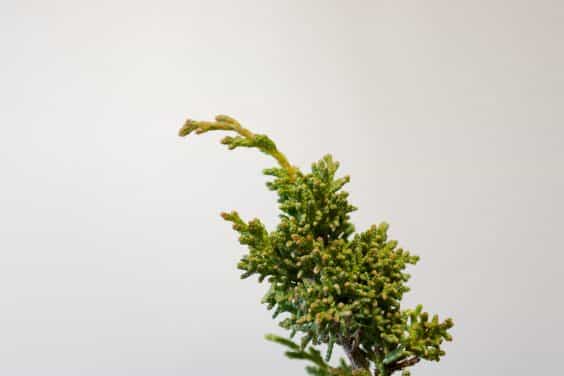
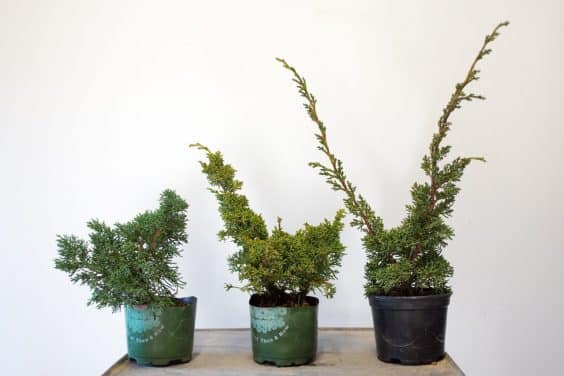
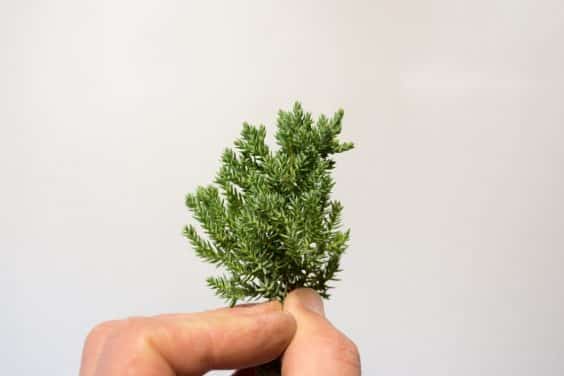
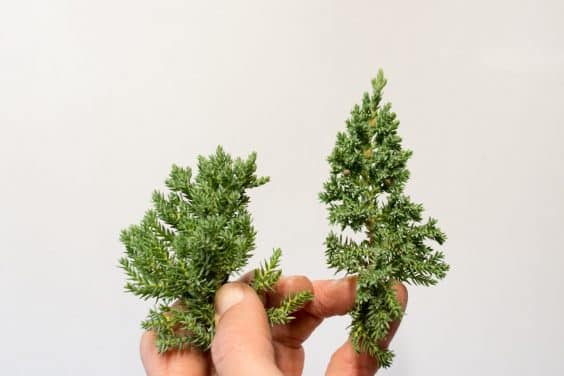
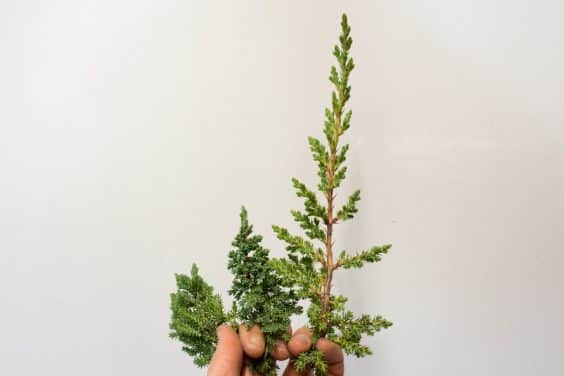
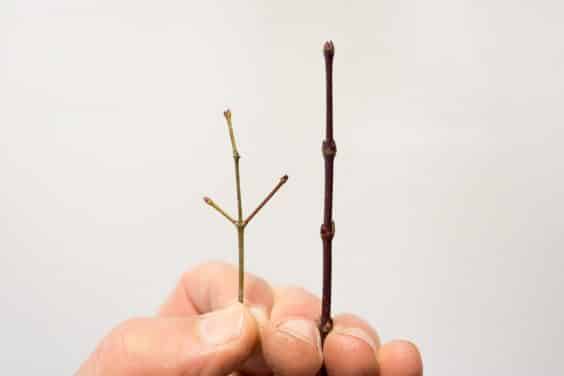
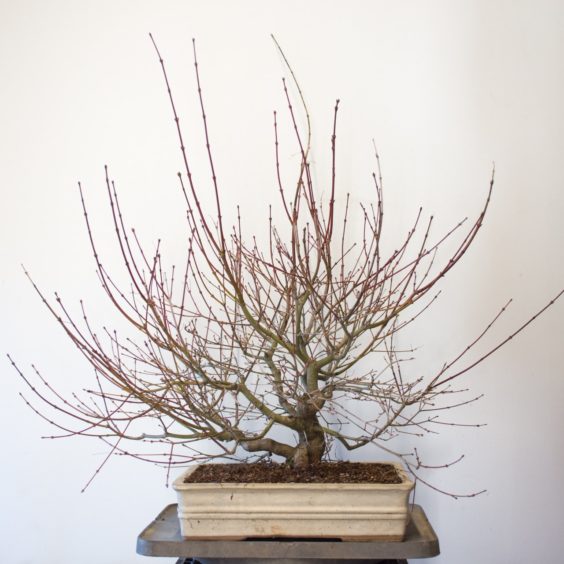
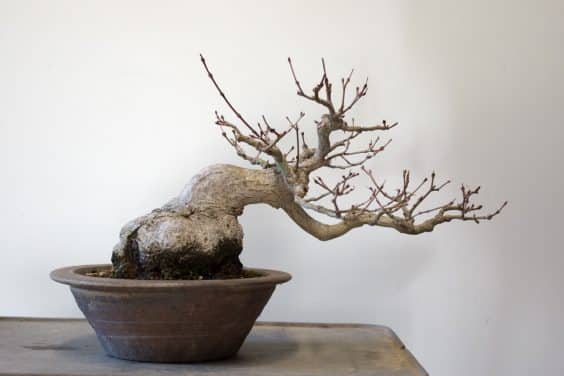
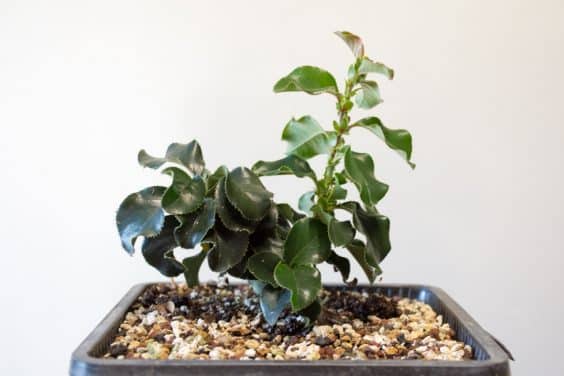
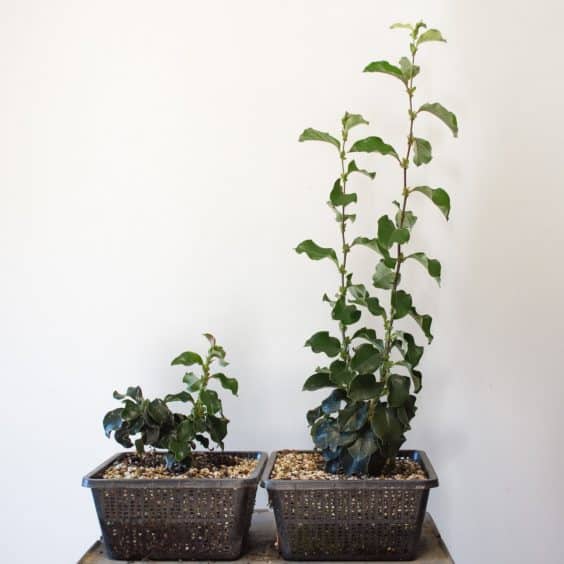
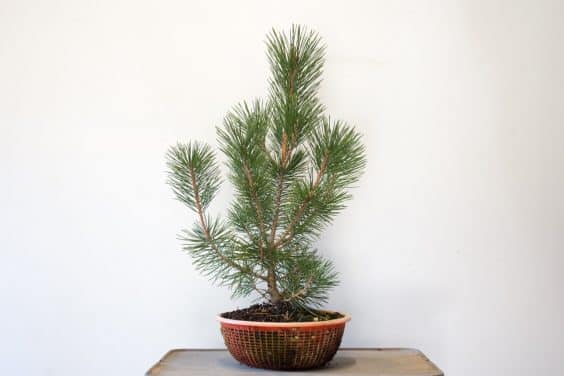
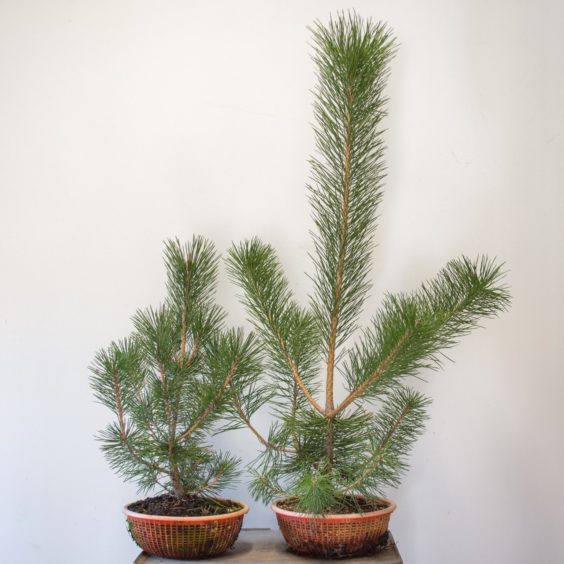
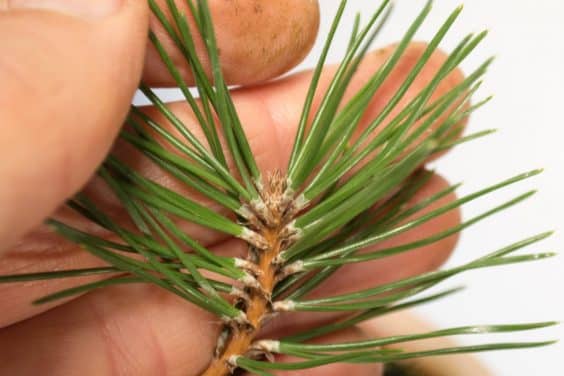
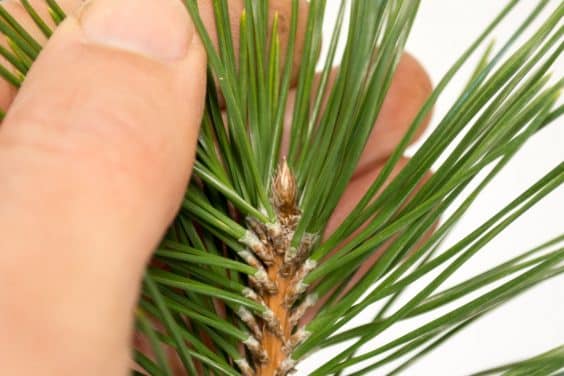
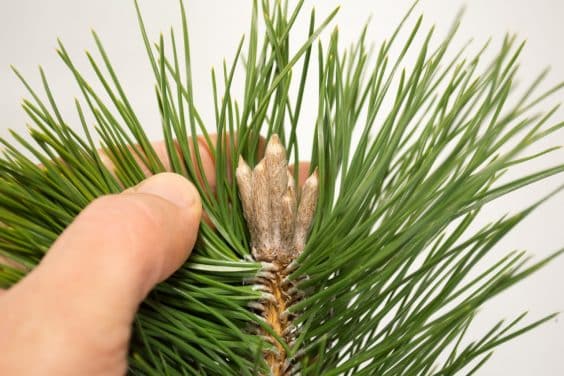
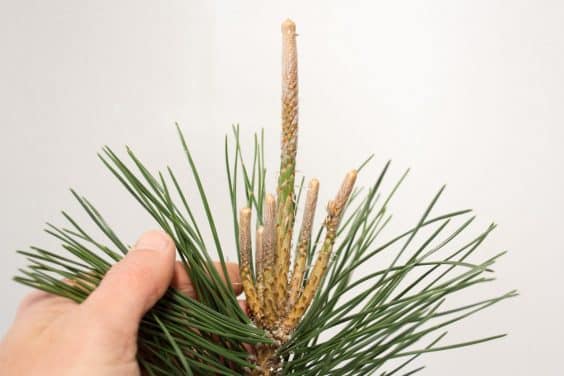
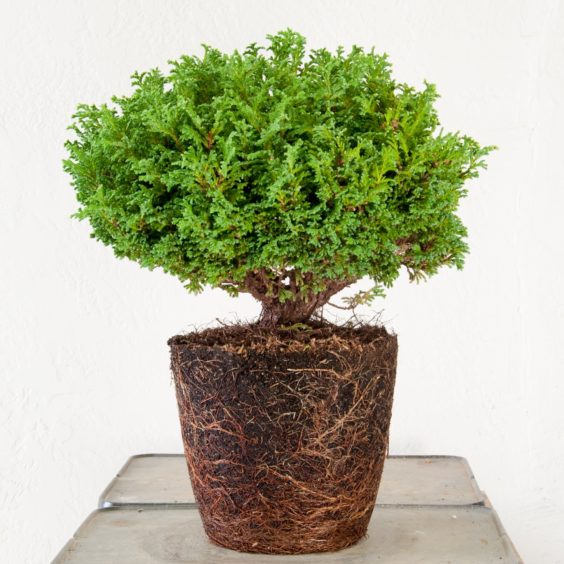
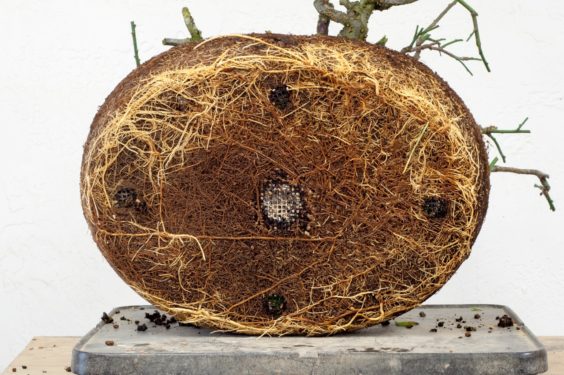
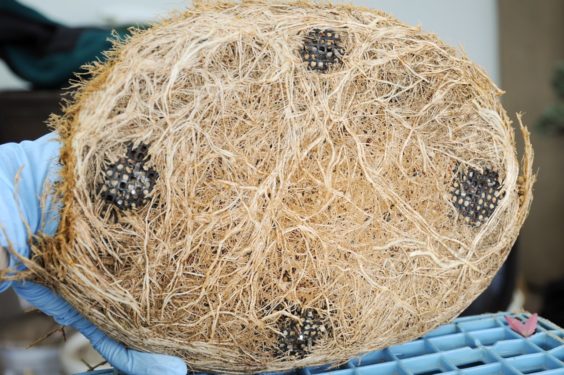
Richard Dorfman says
Great article as always, Jonas. Still confused though on the question of whether it’s better to work on a “healthy” tree or a “vigorous” one. Your article doesn’t distinguish between the two on that point. Perhaps you can clarify.
Jonas Dupuich says
Hi Richard – thanks for the note! It’s always safe to work on vigorous trees, and they recover more quickly than less vigorously growing trees.
In cases where great vigor isn’t desirable – for instance, old, refined trees – it’s ok to work on trees that are healthy but not necessarily vigorous.
Lev Kononov says
Amazing blog!
Thank you for your help for bonsai beginners